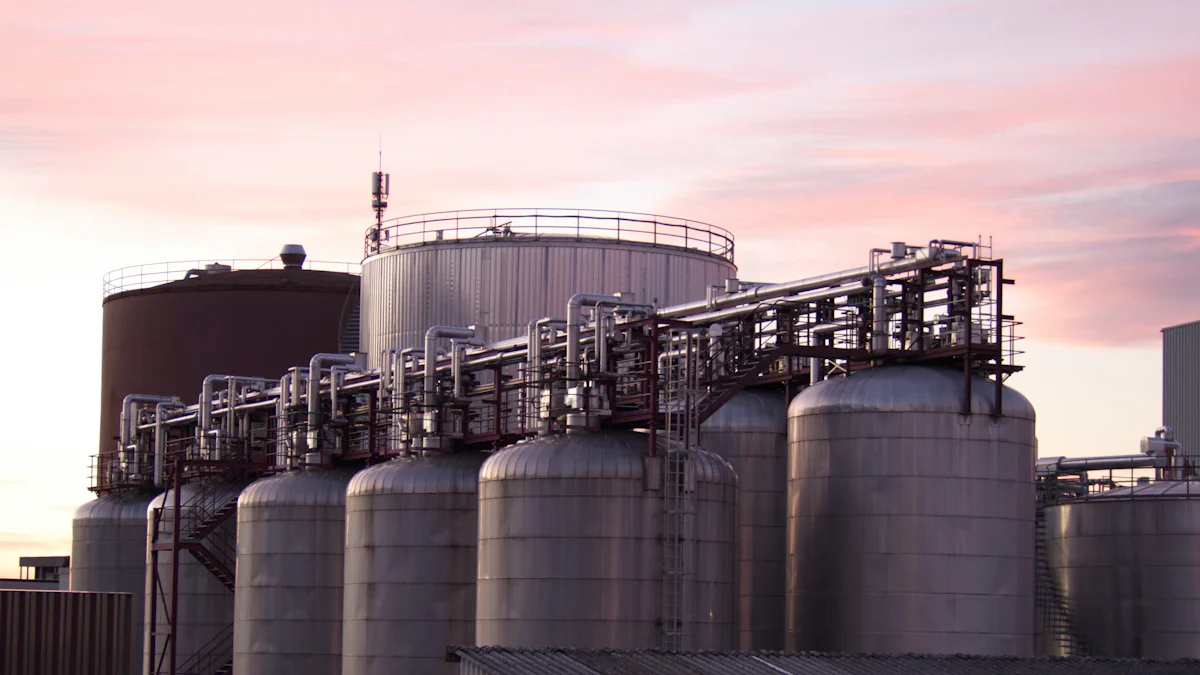
Selecting the ideal wine tank is a crucial decision in winemaking, influencing everything from fermentation to aging. Here’s a comprehensive guide to help you navigate through the process of choosing the perfect wine tank and understanding the other essentials in winemaking:
Wine tank selection:
1.Material:
Stainless Steel: Resistant to corrosion, easy to clean, and doesn’t impart flavors to wine.
Fiberglass or Plastic: Lighter in weight, more affordable, but may not have the same longevity as stainless steel.
2.Capacity:
Determine the volume you’ll be producing and consider future growth. Tanks come in various sizes, from small ones for experimental batches to massive ones for bulk production.
3.Shape and Design:
Consider the tank shape (round, square, conical) based on the wine’s needs, fermentation process, and ease of cleaning.
4.Cooling and Heating Options:
Tanks with temperature control features are vital for managing fermentation and aging. Insulated tanks can maintain specific temperatures.
5.Accessories:
Valves, ports, sampling taps, and pressure gauges are crucial for monitoring and managing the winemaking process.
Other Essentials:
1.Fermentation Equipment:
Fermentation vessels or tanks, whether traditional or stainless steel, are essential for the primary stage of winemaking.
2.Crushing and Pressing Equipment:
Crushers and presses to extract juice from grapes or other fruits.
3.Filtration and Clarification:
Filters, fining agents, and centrifuges for clarifying wine and removing sediment.
4.Aging and Storage:
Barrels or alternative storage vessels for aging the wine. Oak barrels impart flavors, while stainless steel maintains freshness.
5.Bottling and Packaging:
Bottling lines, corkers, labels, and packaging equipment for the final stage before distribution.
6.Cleaning and Sanitization:
Cleaning solutions, brushes, and sanitizing equipment to maintain hygiene in tanks and equipment.
7.Quality Control Tools:
Testing equipment for pH, acidity, sugar content, and other key parameters to ensure wine quality.
Remember, the perfect setup depends on your specific needs, the type of wine you’re producing, and the scale of your operation. Consulting with experienced winemakers or industry experts can provide valuable insights tailored to your unique requirements. Additionally, considering the long-term maintenance and scalability of your equipment is essential



